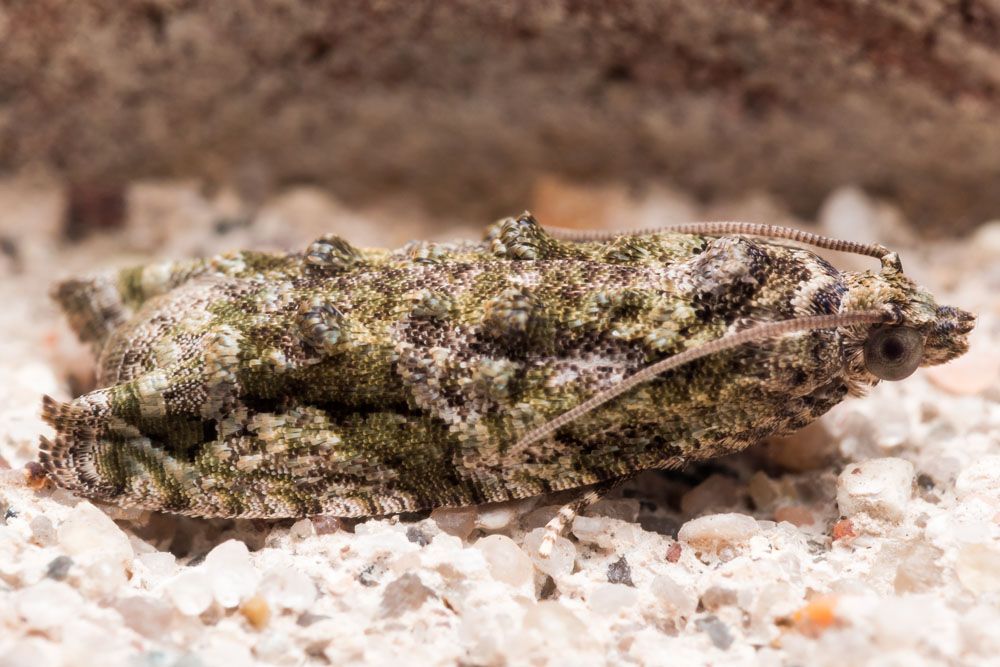
Maple Twig Borer – Proteotera aesculana
Maple Twig Borer (Proteotera aesculana)
Latin Name: Proteoteras aesculana
Common Name: the maple twig borer, early proteoteras, or maple tip moth
Appearance:
Proteoteras aesculana, also known as the maple twig borer, early proteoteras, or maple tip moth, is a Tortricidae moth.
- The wingspan ranges from 11 to 18 mm.
- The adult is a bit light brown moth (less than 1 cm long).
- The larva is a cream-colored caterpillar with a pronounced blackhead that is relatively smooth.
